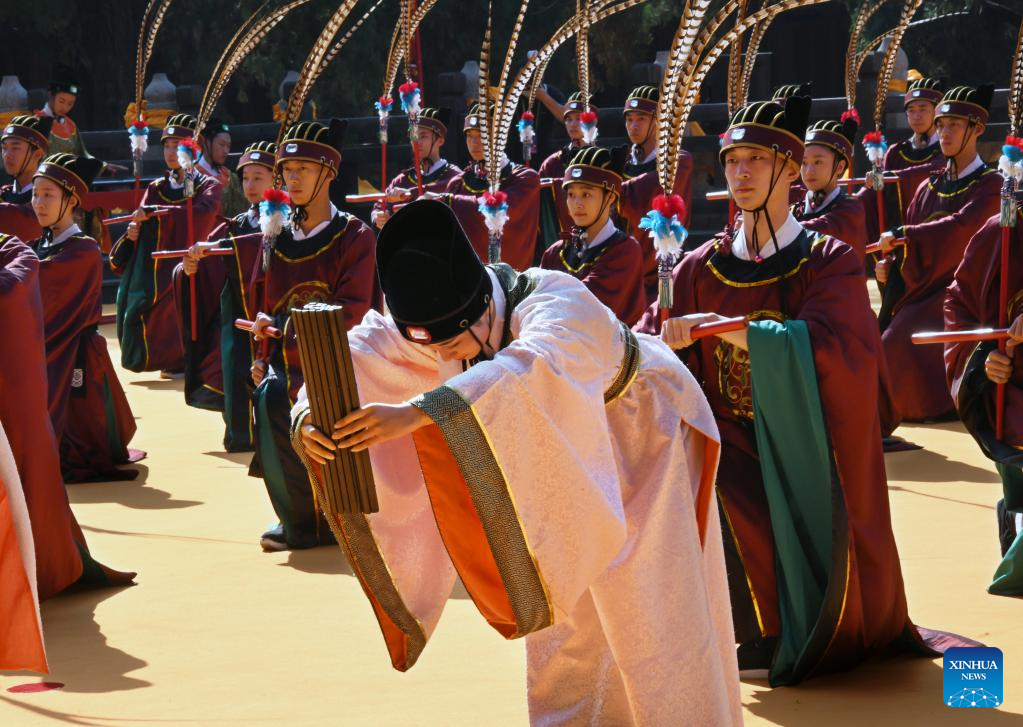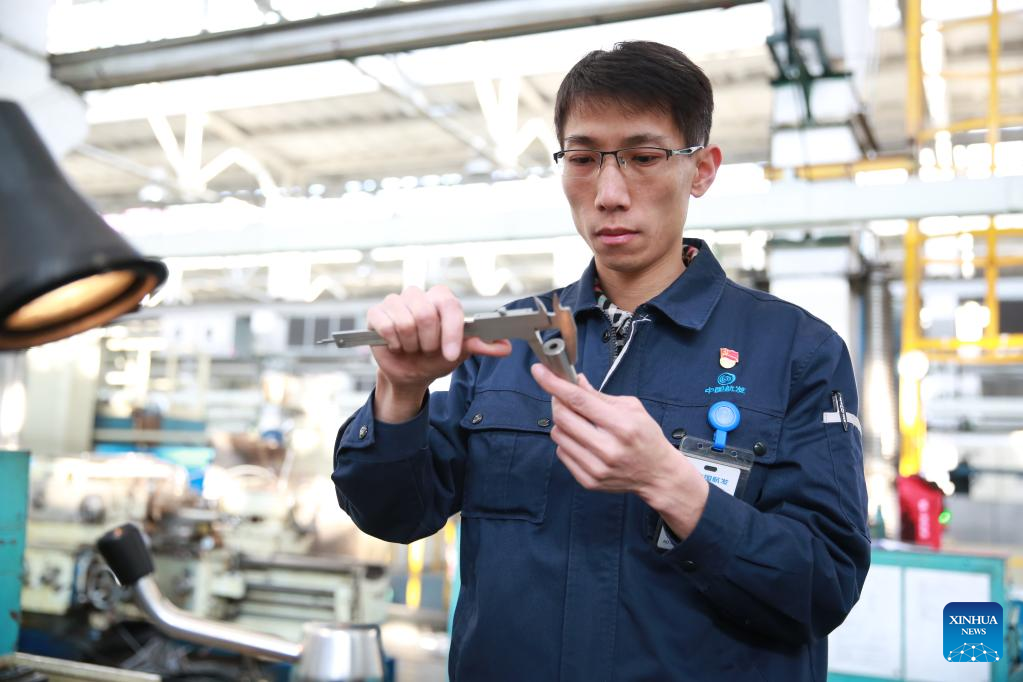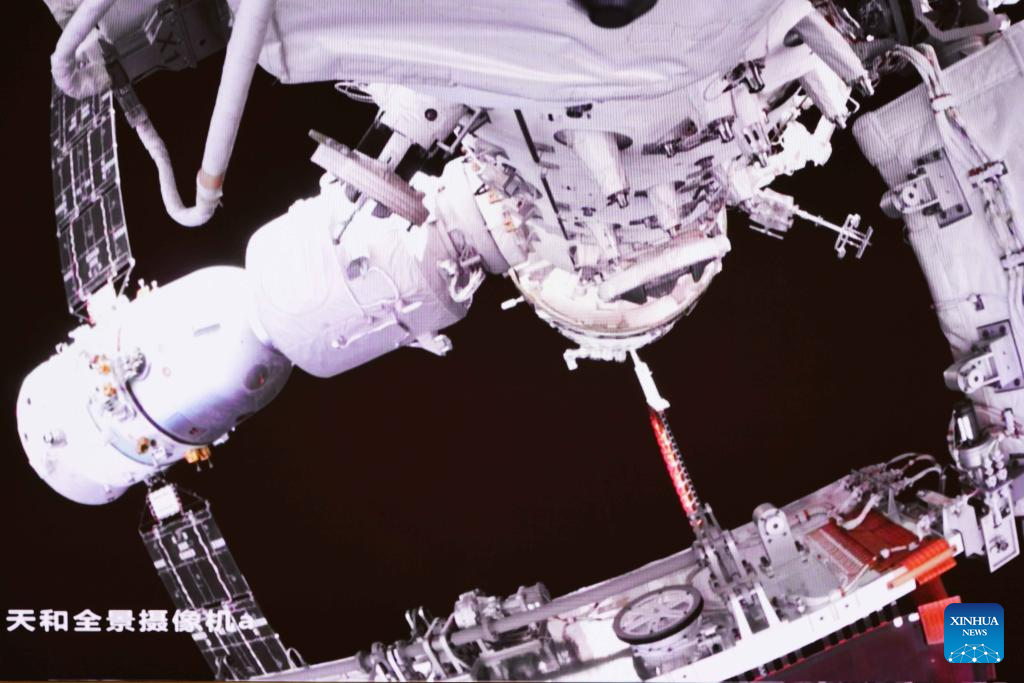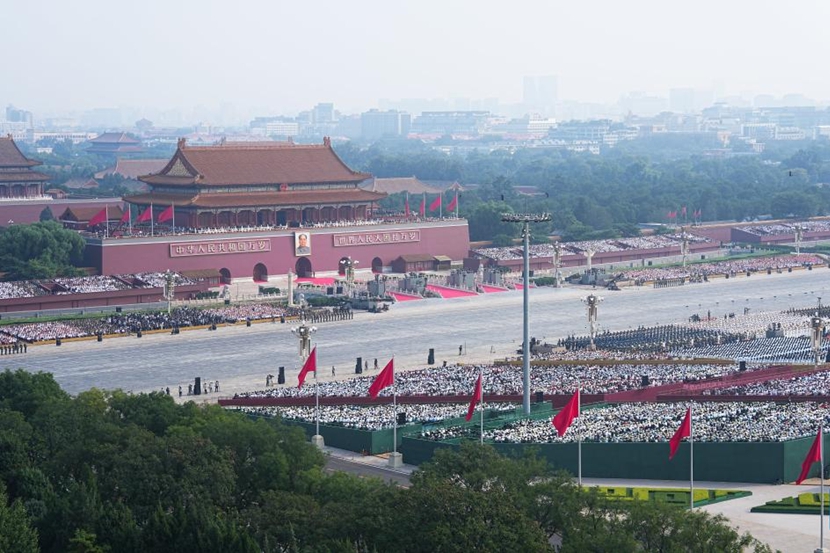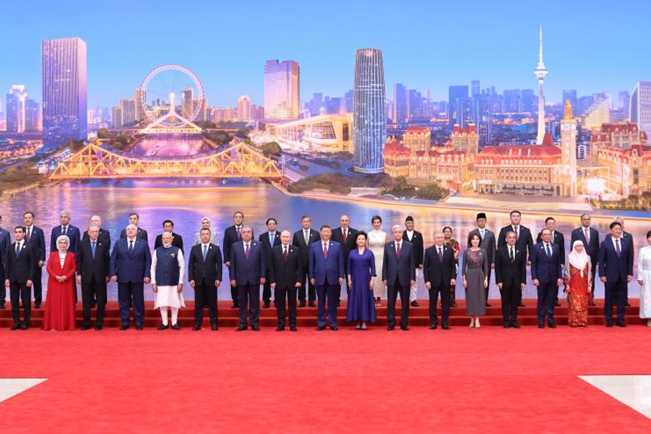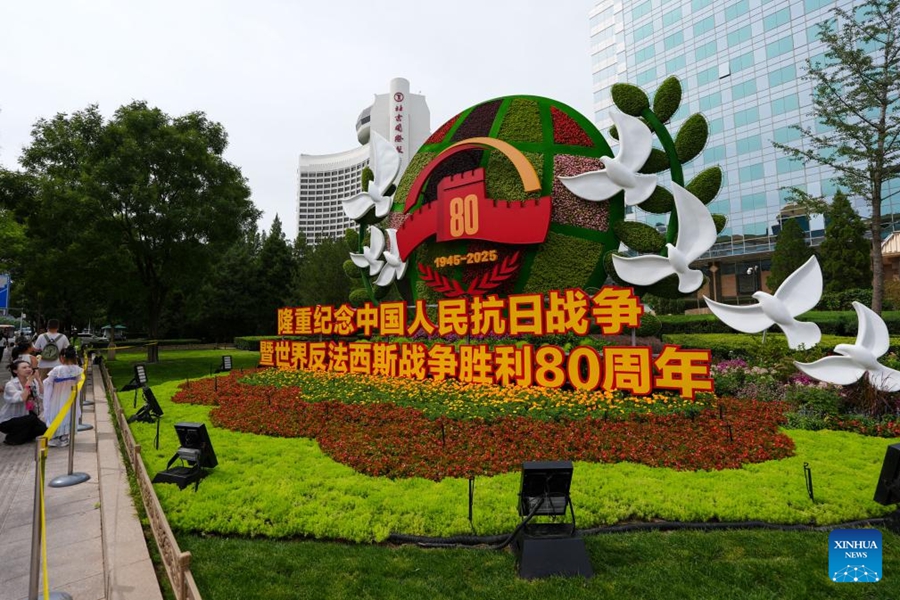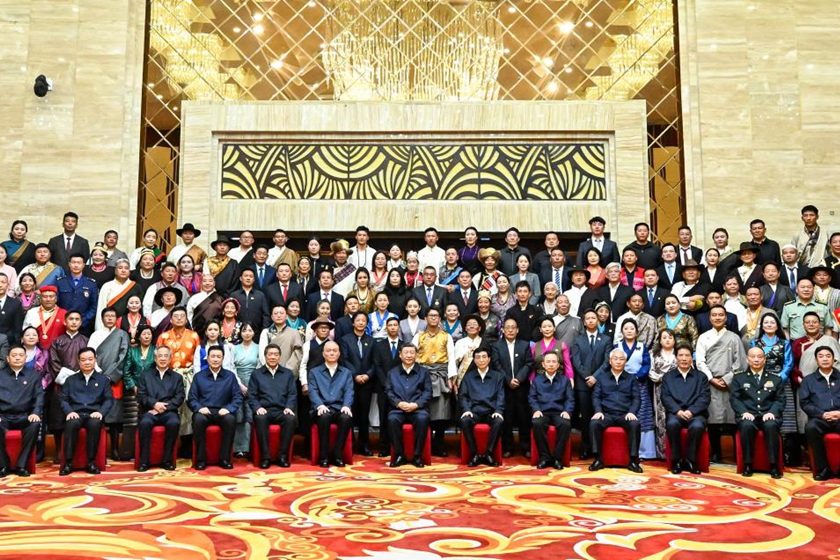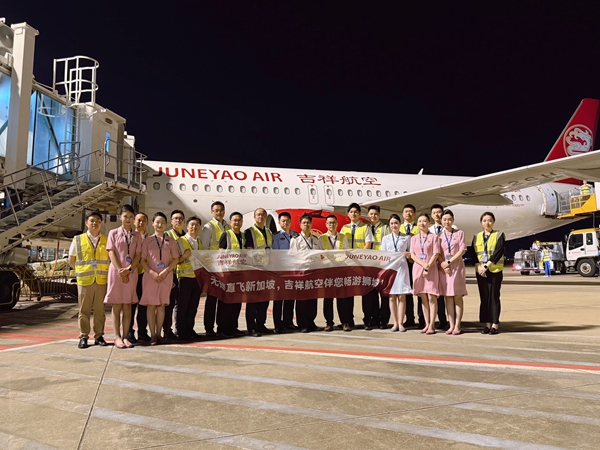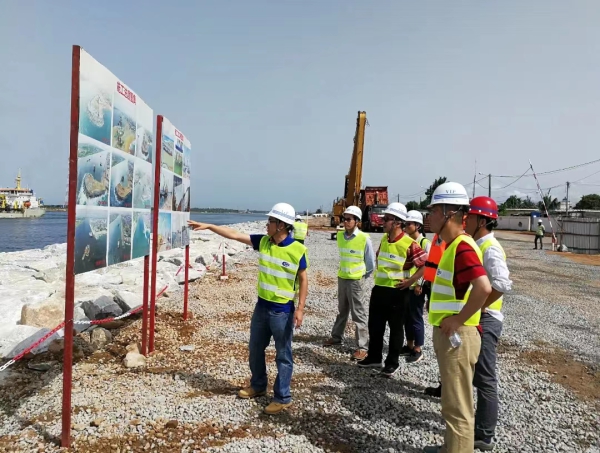
Jiangsu’s higher education institutions have played active roles in helping countries involved in the Belt and Road Initiative for the past decade, focusing on infrastructure, talent development, and cultural exchange.
For example, in April 2019, Professor Hua Yuan from the School of Environment and Civil Engineering of Jiangnan University provided technical support in Tanzania for the construction of the Ubungo interchange. The project, the biggest of its kind in the African country, was constructed by China Civil Engineering Construction Corporation (CCECC) as a signature project under the BRI.
Hohai University in Nanjing has contributed to large-scale water conservancy projects under the BRI framework. For instance, the university provided data analysis and safety assessment for the Kamchay hydroelectric dam in Cambodia and the Nam Ou hydroelectric project in Laos. Moreover, Hohai has teamed with universities and research institutes in Poland, Serbia, Hungary, the Czech Republic and Bulgaria to jointly develop innovative technologies for river bridge safety.
The Sihanoukville Institute of Business and Technology (SIBT) in Cambodia, jointly developed by Wuxi Vocational Institute of Commerce and HOdo Group, started enrolling undergraduate students in 2019.
Students both learn Chinese language and specific disciplines, according to Li Chuanbin, executive president of the SIBT. At present, the school offers more than 10 courses, such as marketing, financial management, logistics management, business English and computer applications. By the end of 2022, SIBT had trained more than 80,000 local technical and skilled workers.
At Nanjing University of Chinese Medicine, a Malaysian student is furthering his study after completing a master's degree in Clinical Medicine of Traditional Chinese Medicine (TCM). With clinical experience in both Malaysia and China, he said he hopes to promote cultural exchange between the two countries.




